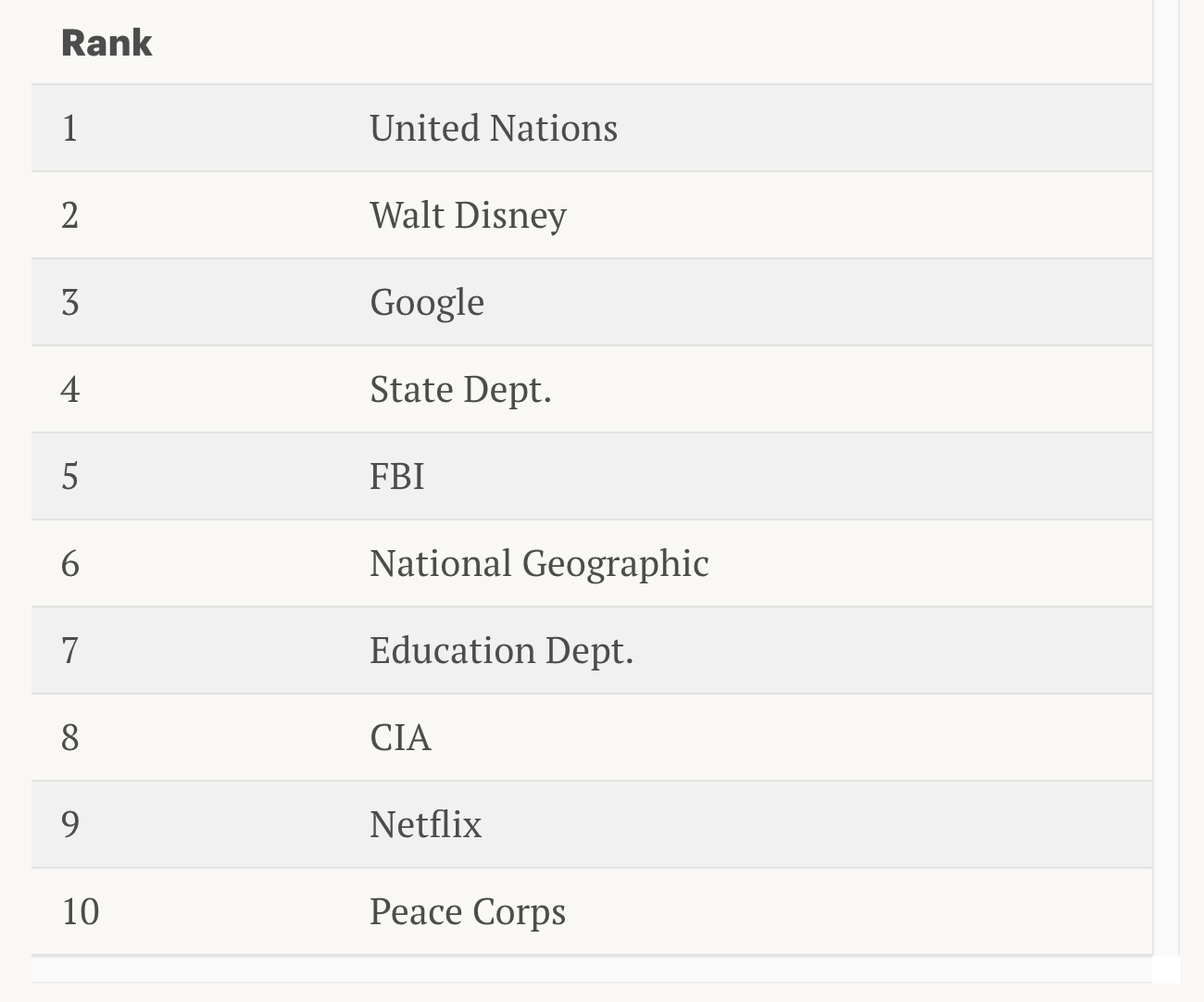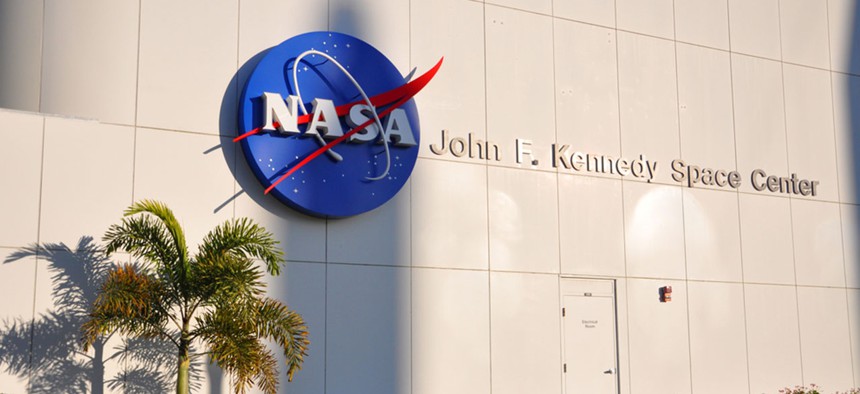
jiawangkun / Shutterstock.com
For Many Students, Government Agencies Are the Most Attractive Employers. Really.
Students in three of five broad areas of study ranked a non-business employer at the top.
Corporations are spending time and money recruiting young, idealistic college students by showing they care about social responsibility as much as profit. They still can’t compete with organizations that don’t care about profit at all.
U.S. students across a wide swath of academic disciplines ranked governmental organizations like NASA, the National Institutes of Health, and the United Nations as the most attractive employers, ahead of corporate luminaries like Google, Apple, and Goldman Sachs. Other highly ranked organizations outside of business include the Mayo Clinic, the EPA, Doctors Without Borders, and the State Department.
Universum, a Swedish firm that helps companies improve their image among prospective employees, surveyed 62,366 students at 352 universities. In three of five broad areas of study—engineering, natural science, and the humanities—students ranked a non-business employer at the top. In the other two areas, business and computer science, students ranked Google number one.
The results shouldn’t be overly surprising. Study after study says millennials and their successors, Generation Z, are motivated by non-monetary rewards, and are looking for employers that can offer fulfilling work. In Universum’s survey, 48% said “serving the greater goal” was an important career goal, behind only work/life balance (61%) and professional security (52%).
Businesses still dominate the rankings overall, of course, and the students’ choices may be more aspirational than anything (salary expectations may or may not have weighed in their choices). But when it comes to employers with a clear sense of mission, it’s hard to compete with the government.
Here, according to the Universum survey, are the 10 most attractive employers ranked by students in each area of studies:
Business
(20,879 students surveyed)
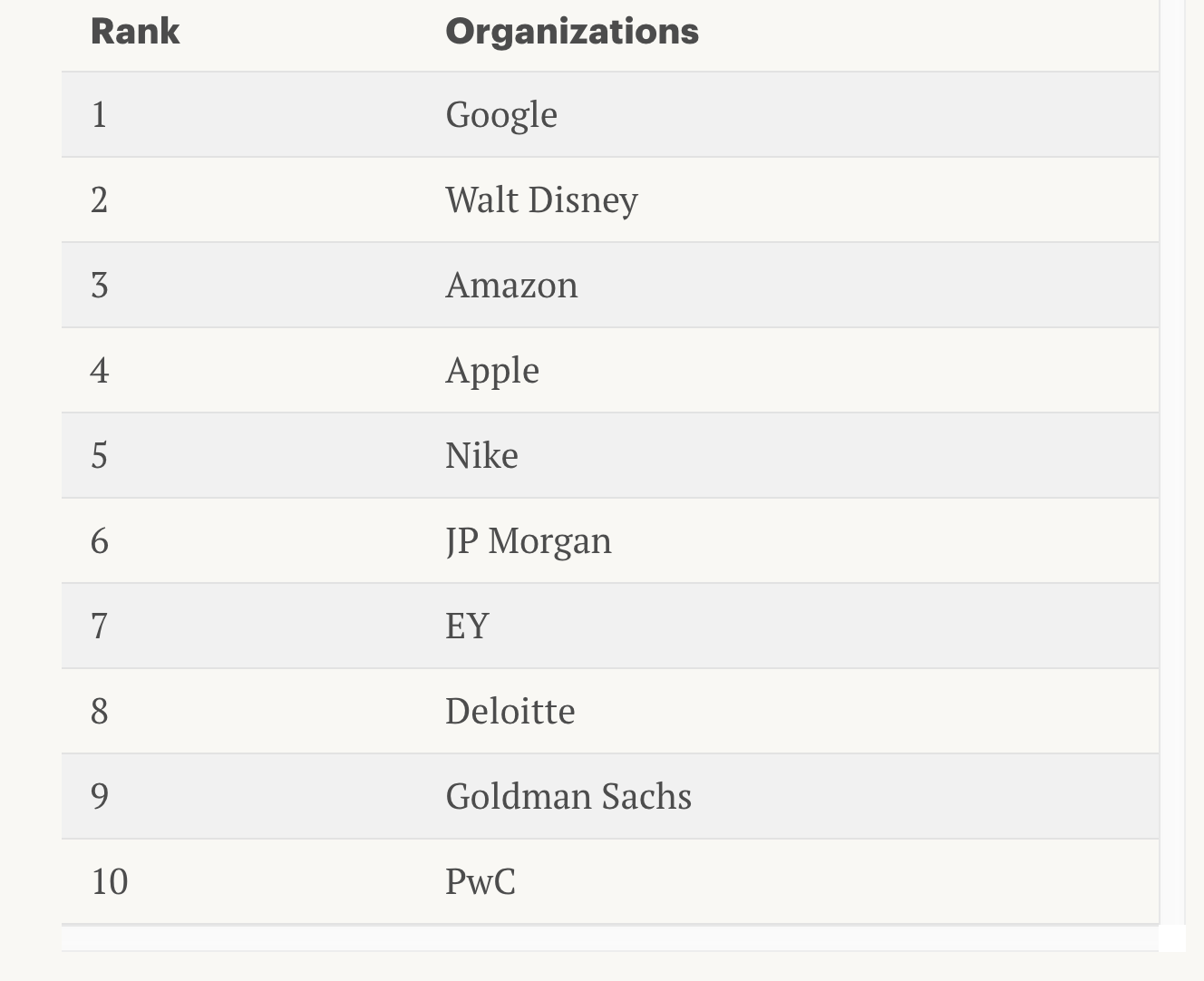
Engineering
(11,061 students surveyed)
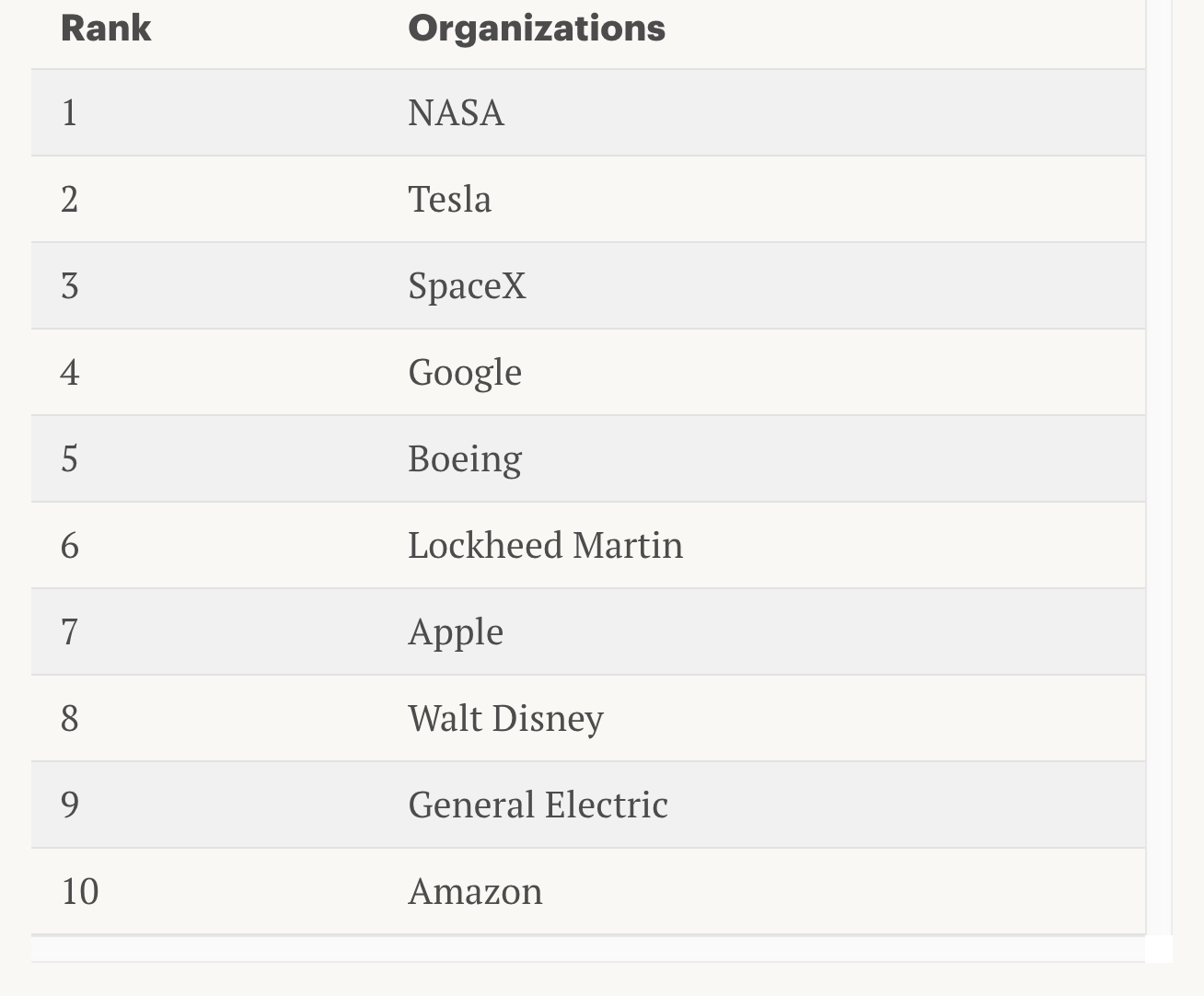
Computer science
(4,384 students surveyed)
Natural sciences
(12,125 students surveyed)
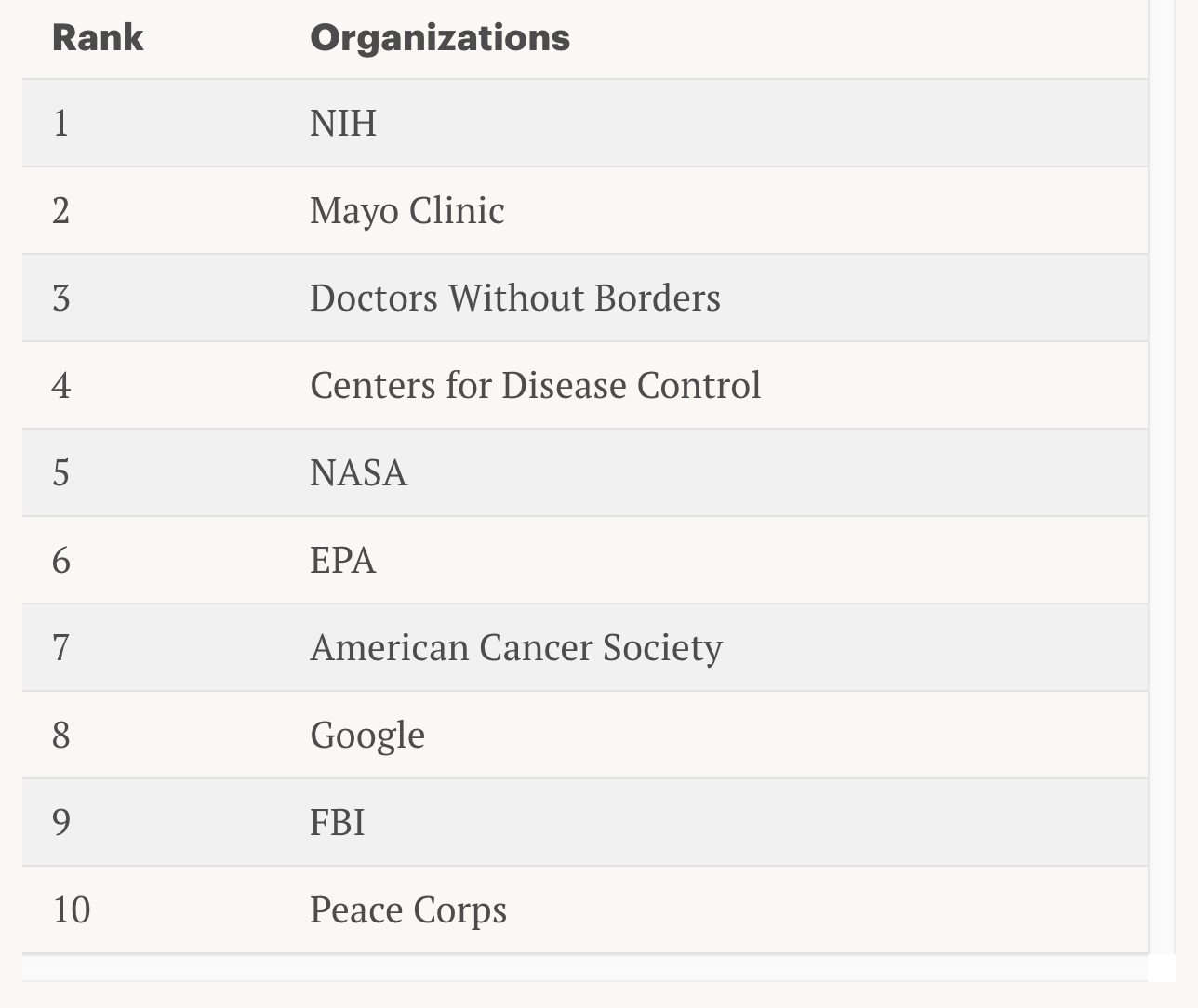
Humanities, liberal arts, and education
(13,917 students surveyed)
